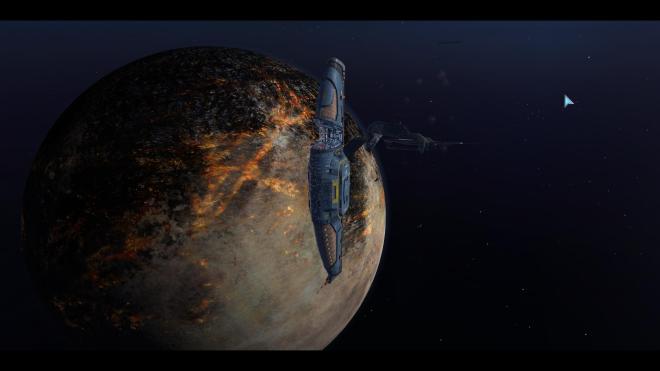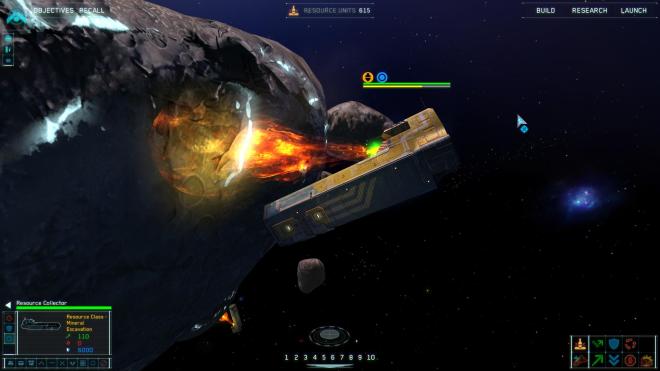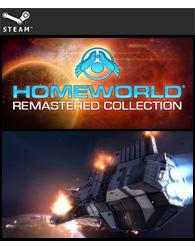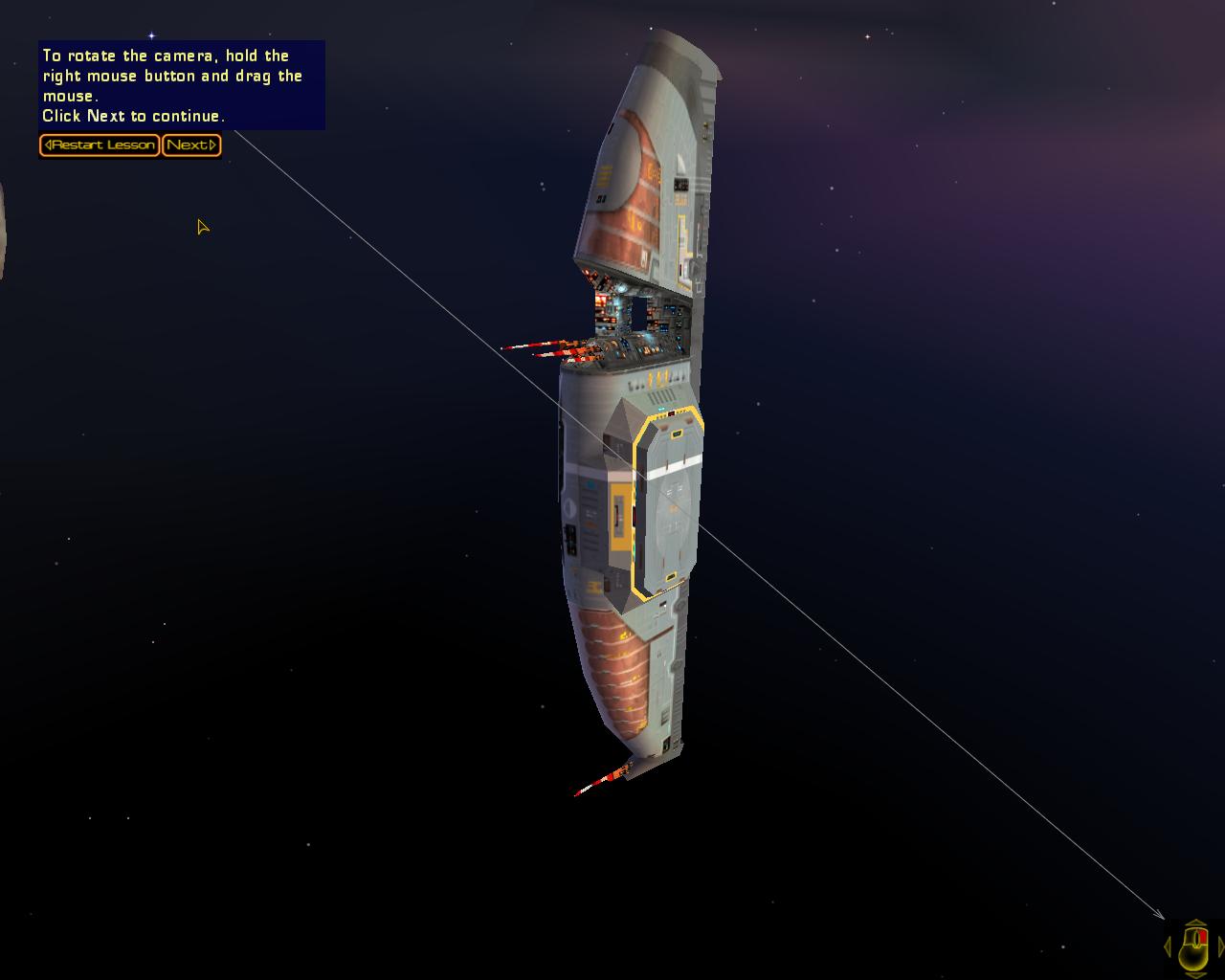Homeworld Remastered Collection
Overview -
When publishing company THQ died in late 2012, its intellectual properties exploded all over the gaming industry. All of THQ's developers and game franchises that survived were sold at auction and went off to many different parents. Gearbox, developer of the 'Borderlands' franchise, acquired the 'Homeworld' property. 'Homeworld' was first released in 1999 by Relic Entertainment and became very popular, eventually spawning an expansion and full sequel. The series has been quiet since 2003, but now Gearbox has finished their remastering of 'Homeworld' and 'Homeworld 2' and bundled them together with their original versions in the 'Homeworld Remastered Collection'.
Video Review

Both games have been given a level of attention far greater than the typical remaster. (In fact, both games are now powered with a reworked and updated version of the 'Homeworld 2' engine.) They don’t look quite current-gen, but everything has been redrawn and enhanced to make the games look far prettier than their original incarnations. In order to work from original assets and to maintain the original direction of the games, Gearbox sought out the help of various ex-Relic developers, including Blackbird Interactive's Rob Cunningham.
Ship textures in particular look lovely, with many of the distinctive markings from the original still intact. HD is supported up to and including 4K. Nebulae and celestial bodies like planets have been significantly upgraded, as have the lighting. The game plays smoothly, even during pitched dogfights.
Because 'Homeworld' is played in three-dimensional space, things are going to get a bit complicated with the controls. To its credit, the game has decent tutorials and several different options with both the keyboard and mouse to facilitate unit movement. However, sometimes my fleet simply wouldn’t move where I wanted it. This was especially true when trying to use freeform movement, as opposed to simply clicking on enemy units. More advanced controls, like setting up patrol waypoints, can be frustrating.
Audio Review
The remastered games feature restored audio sourced from Paul Ruskay's DACs. The spaceships sound convincing, and the score is not typical space opera but instead quite haunting and eerie, and it evokes the chill nature of the empty wastes of outer space. In spite of the efforts to remaster the voice acting, the mix of restored and new recordings is the only weak point of the audio presentation. Many of the actors sound like they’re reading their lines or are otherwise flat.
Final Thoughts

Gearbox has taken great care with their treatment of these RTS classics, going so far as to hire on some of the original developers to assist with their work. The visuals are a clear stand-out, but the classic gameplay still shines through in 'Homeworld Remastered Collection.' For enthusiasts who have been struggling to find a suitable medium on which to play 'Homeworld', this is the perfect gift of nostalgia and modern gaming sensibilities. For those who are inexperienced with the series and have any interest in the RTS genre, this compilation will keep you entertained for quite some time.













